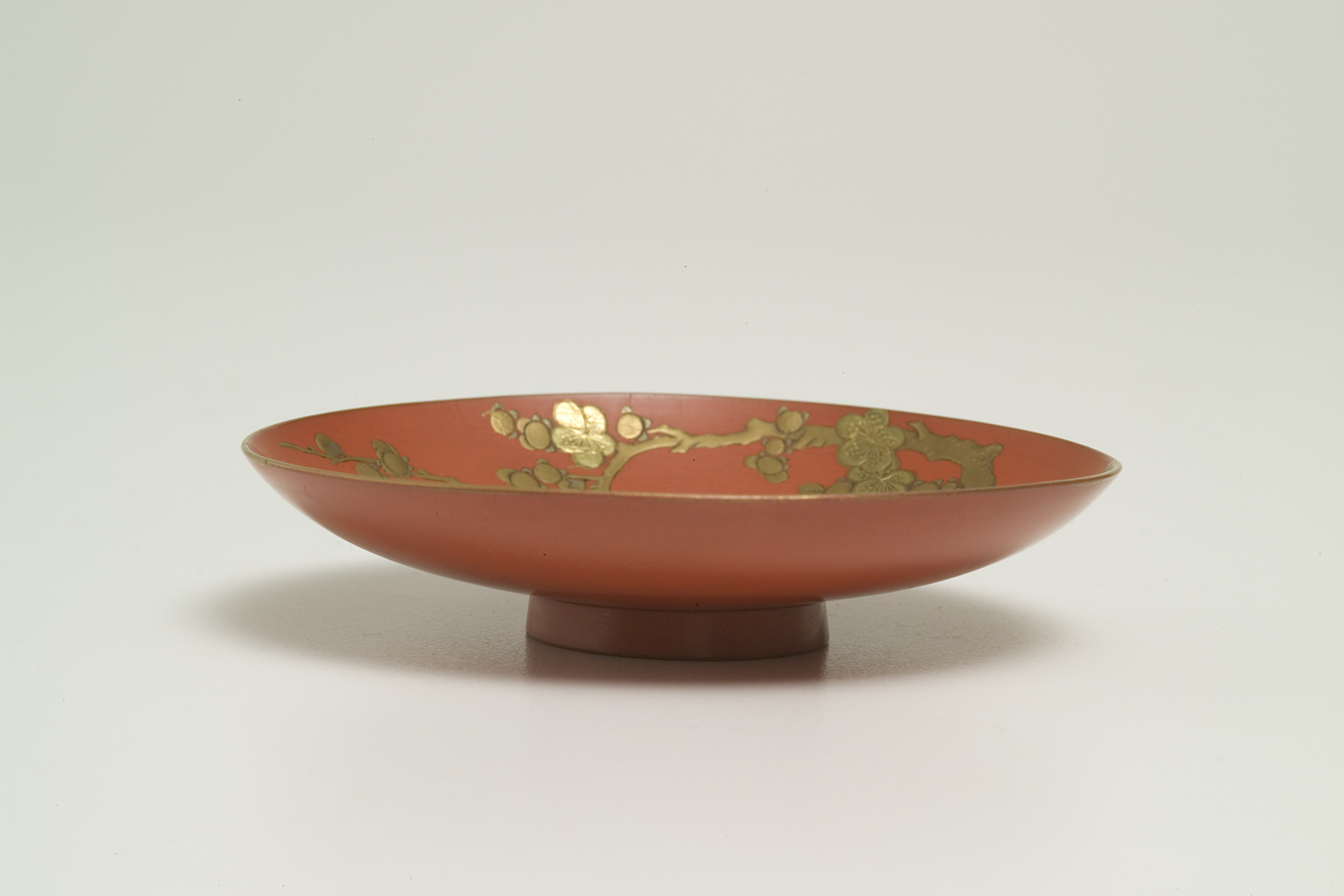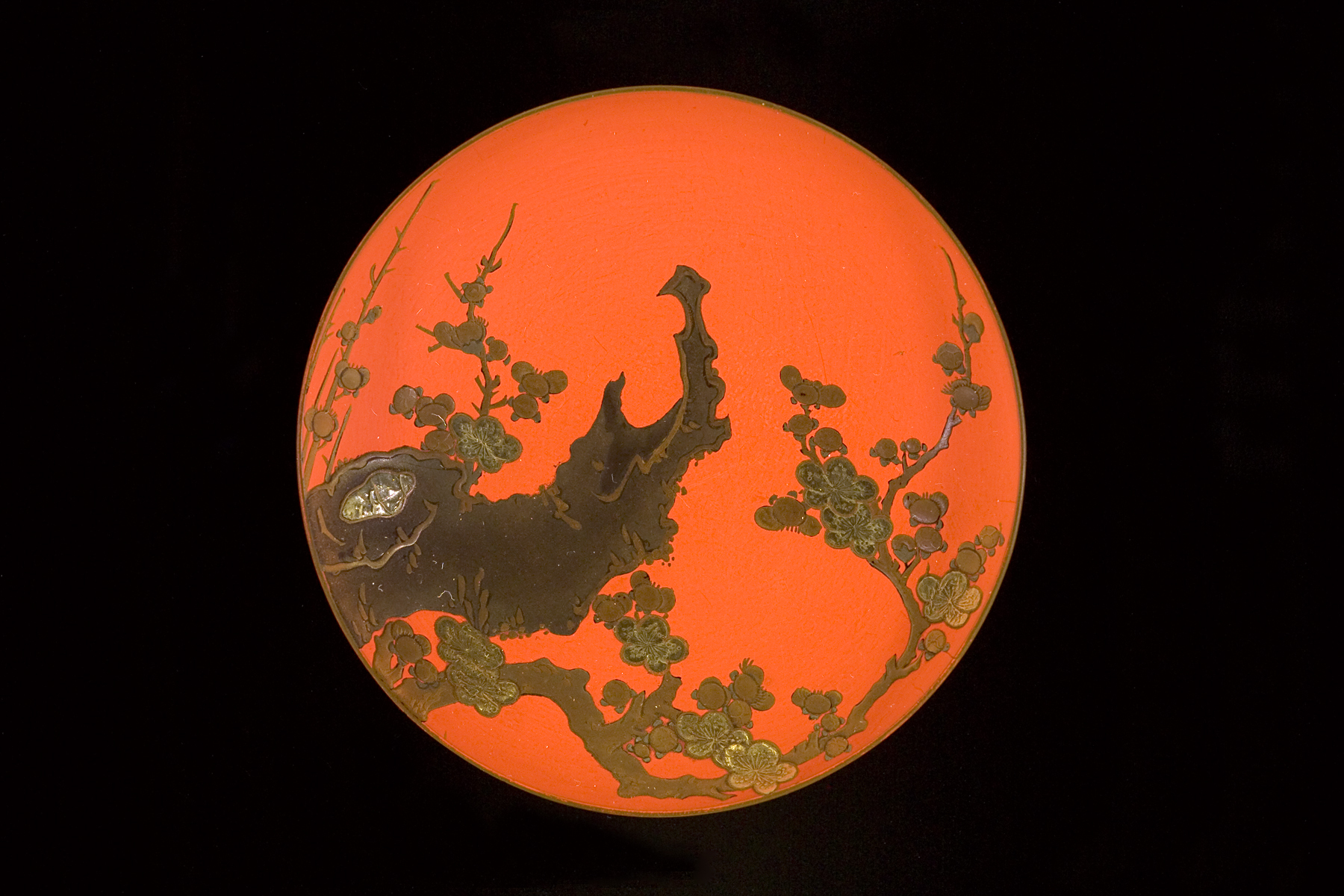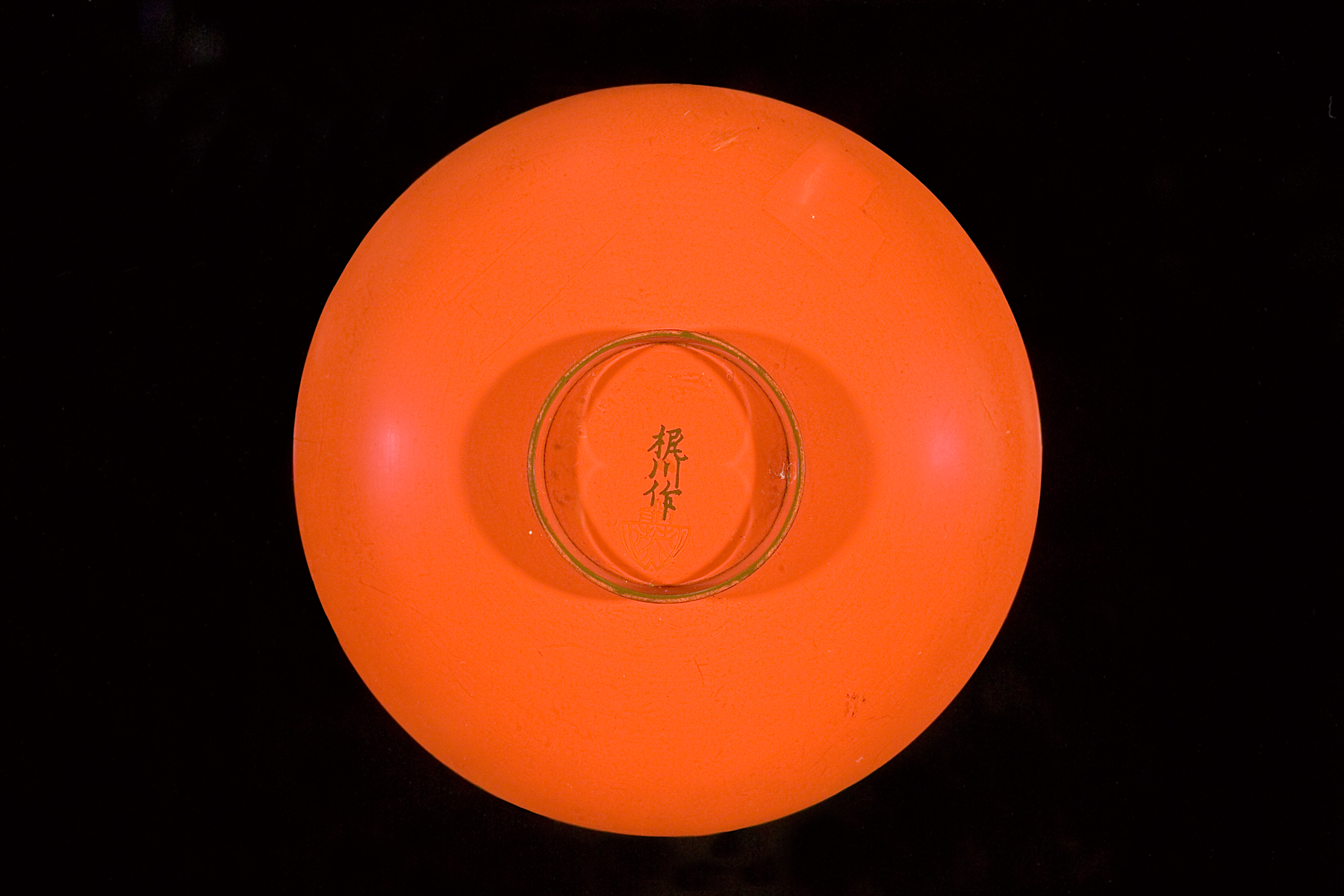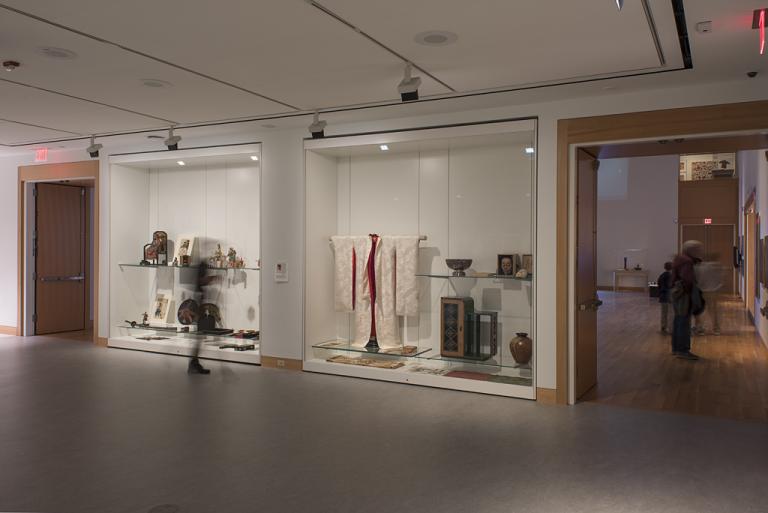sakazuki (sake drinking cup), Kajikawa Family
Artwork Overview
Kajikawa Family, artist
active 1700s
sakazuki (sake drinking cup),
1700s, Edo period (1600–1868)
Where object was made: Japan
Material/technique: lacquer; gold
Dimensions:
Object Height/Diameter (Height x Diameter): 1.9 x 8.3 cm
Object Height/Diameter (Height x Diameter): 0 3/4 x 3 1/4 in
Object Height/Diameter (Height x Diameter): 1.9 x 8.3 cm
Object Height/Diameter (Height x Diameter): 0 3/4 x 3 1/4 in
Credit line: William Bridges Thayer Memorial
Accession number: 1929.0017
Not on display
If you wish to reproduce this image, please submit an image request






